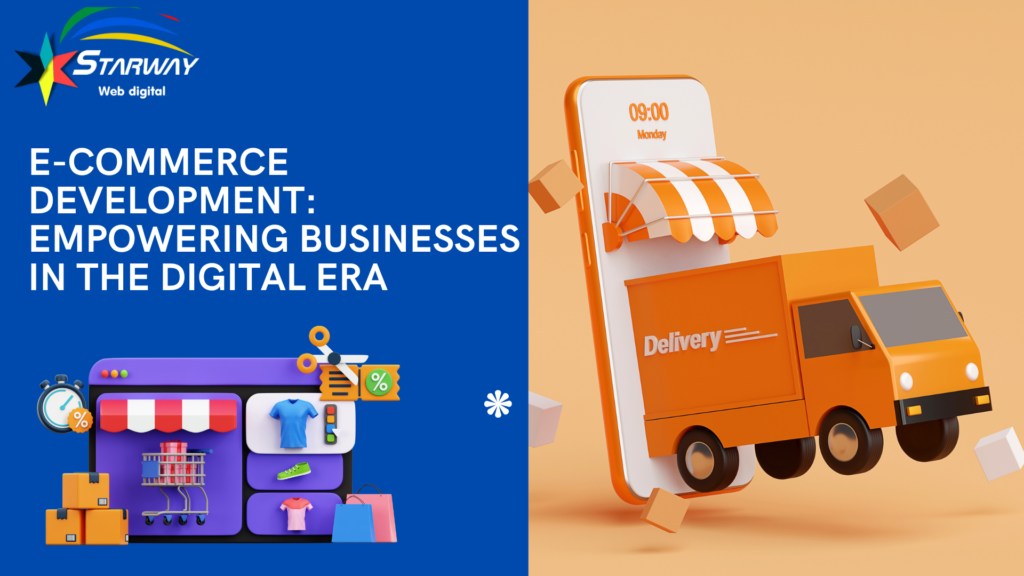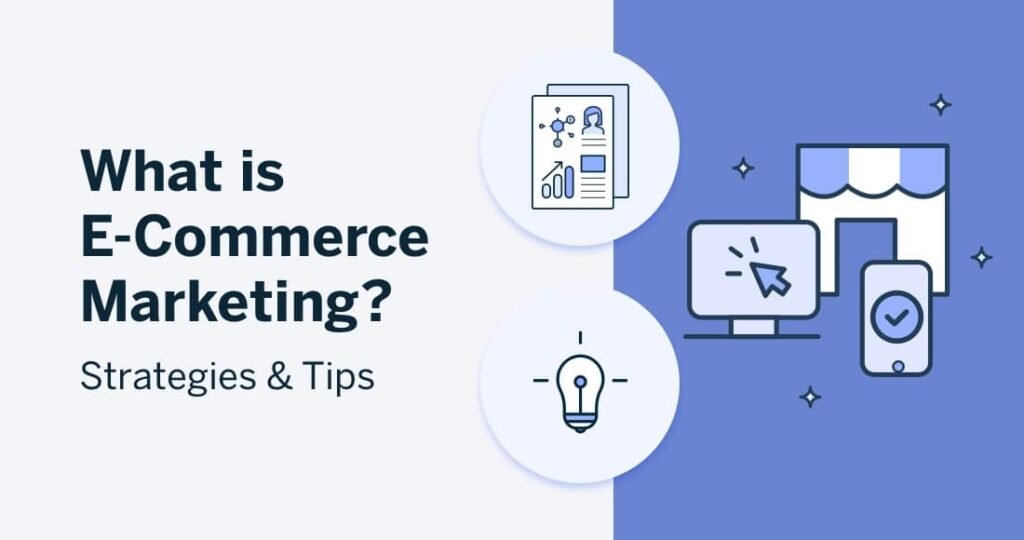In today’s digital landscape, the significance of e-commerce development cannot be overstated. As more consumers turn to online shopping for convenience and variety, businesses must adapt and thrive in this competitive environment. E-commerce development encompasses the creation, maintenance, and optimization of online stores, ensuring seamless transactions and engaging user experiences.
Understanding E-commerce Platforms
Selecting the right e-commerce platform is crucial for the success of any online business. Whether it’s Shopify, WooCommerce, Magento, or custom-built solutions, each platform offers unique features and functionalities tailored to different business needs.
Choosing the Right Platform
Before embarking on e-commerce development, businesses must evaluate factors such as scalability, customization options, pricing, and integration capabilities.
Popular E-commerce Platforms
Platforms like Shopify and WooCommerce are favored for their user-friendly interfaces, extensive app ecosystems, and robust security features.
Key Features of E-commerce Websites
Successful e-commerce websites share common features that enhance user experience and drive conversions.
User-Friendly Interface
Intuitive navigation, clear product categorization, and streamlined checkout processes are essential for keeping customers engaged and satisfied.
Secure Payment Gateway
Integration with trusted payment gateways like PayPal and Stripe ensures the security of financial transactions, instilling confidence in customers.
Mobile Responsiveness
With a significant portion of online traffic coming from mobile devices, e-commerce websites must be optimized for seamless performance across various screen sizes.
Inventory Management
Efficient inventory management systems prevent overselling and stockouts, enabling businesses to fulfill orders promptly and accurately.
Importance of SEO in E-commerce Development
Search engine optimization (SEO) plays a pivotal role in driving organic traffic and improving the visibility of e-commerce websites.
Driving Organic Traffic
By optimizing product pages, blog posts, and category pages with relevant keywords and meta tags, businesses can attract qualified leads from search engines.
Enhancing Visibility
Higher search engine rankings increase the likelihood of appearing in front of potential customers, driving brand awareness and traffic.
Improving Conversion Rates
Optimized product descriptions, compelling calls-to-action, and user-friendly navigation contribute to higher conversion rates and sales.
Optimizing Product Pages
Creating compelling product pages is essential for capturing the interest of potential buyers and persuading them to make a purchase.
High-Quality Images
Clear, high-resolution images showcase products effectively, giving customers a better understanding of their features and benefits.
Descriptive Product Titles
Concise yet descriptive product titles containing relevant keywords improve visibility and click-through rates in search results.
Keyword-Rich Descriptions
Detailed product descriptions enriched with targeted keywords provide valuable information to customers and boost search engine rankings.
Utilizing Social Media Integration
Incorporating social media into e-commerce websites expands reach, fosters community engagement, and drives traffic and sales.
Leveraging Social Channels
Platforms like Facebook, Instagram, and Pinterest serve as valuable channels for promoting products, running targeted ads, and interacting with customers.
Integrating Social Proof
Displaying customer reviews, ratings, and testimonials on product pages builds trust and credibility, encouraging hesitant buyers to complete their purchase.
Responsive Design for Mobile Users
As mobile commerce continues to grow, ensuring a seamless user experience across devices is paramount for e-commerce success.
Importance of Mobile Optimization
Mobile-friendly designs with fast loading times and intuitive navigation enhance user satisfaction and reduce bounce rates.
Creating Seamless User Experience
Adapting layouts, font sizes, and button placements for mobile screens ensures that customers can easily browse, search, and purchase products on any device.
Implementing Secure Payment Gateways
Building trust and confidence among online shoppers is essential for driving conversions and fostering long-term customer relationships.
Building Trust with Customers
Displaying trust badges, SSL certificates, and secure checkout processes instills confidence in customers and reduces cart abandonment rates.
Compliance with Security Standards
Adhering to industry standards and regulations, such as PCI DSS compliance, protects sensitive customer data and mitigates the risk of security breaches.
Challenges in E-commerce Development
Despite the numerous benefits of e-commerce, businesses face several challenges that must be addressed to ensure sustained growth and success.
Cybersecurity Threats
The increasing frequency and sophistication of cyberattacks pose a significant risk to e-commerce businesses and their customers.
Cart Abandonment
Complex checkout processes, unexpected costs, and lack of trust are common reasons why customers abandon their shopping carts before completing a purchase.
Competition
With countless e-commerce websites vying for consumers’ attention, standing out from the crowd and retaining customers requires continuous innovation and differentiation.
Strategies for Successful E-commerce Development
Achieving success in e-commerce requires a strategic approach focused on delivering exceptional customer experiences and maximizing conversions.
Personalized Customer Experience
Utilizing data-driven insights to tailor product recommendations, marketing messages, and promotions to individual preferences and behaviors.
Streamlined Checkout Process
Simplifying the checkout process with guest checkout options, multiple payment methods, and one-click ordering reduces friction and increases conversion rates.
Continuous Optimization
Regularly analyzing website performance, conducting A/B tests, and implementing user feedback ensures ongoing improvements and relevance.
Conclusion
E-commerce development is a multifaceted endeavor that requires careful planning, execution, and optimization. By embracing the latest technologies, prioritizing user experience, and staying ahead of industry trends, businesses can position themselves for long-term success in the digital marketplace.
FAQs
- How long does it take to develop an e-commerce website?
- Developing an e-commerce website can take anywhere from a few weeks to several months, depending on the complexity of the project and customization requirements.
- What are the costs involved in e-commerce development?
- The costs of e-commerce development vary depending on factors such as platform choice, design complexity, functionality requirements, and ongoing maintenance and support.
- Do I need technical expertise to manage an e-commerce website?
- While technical expertise can be beneficial for managing and customizing e-commerce websites, many platforms offer user-friendly interfaces and support resources for non-technical users.
- How can I ensure the security of my e-commerce website?
- Implementing robust security measures, such as SSL encryption, secure payment gateways, and regular software updates, can help protect your e-commerce website and customer data from cyber threats.
- Is it necessary to hire an e-commerce development agency?
- While some businesses may choose to hire an e-commerce development agency for expertise and support, many platforms offer self-service solutions and resources for building and managing online stores independently.











